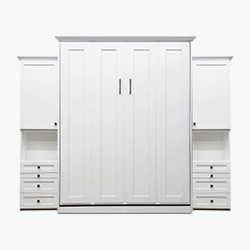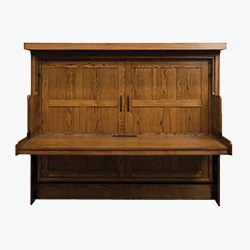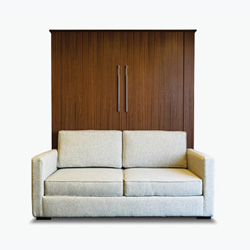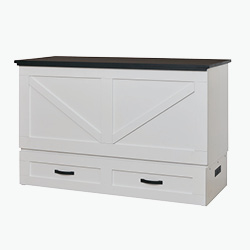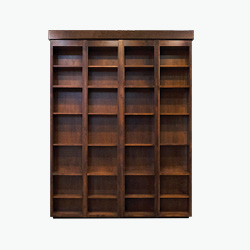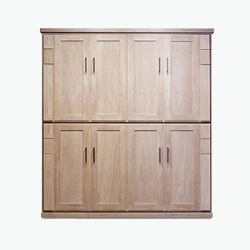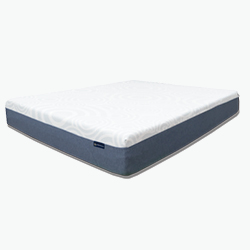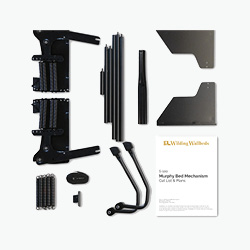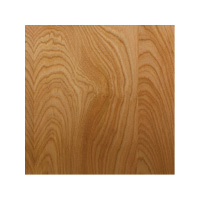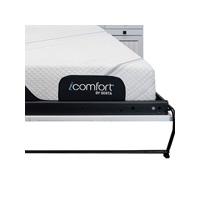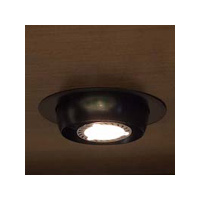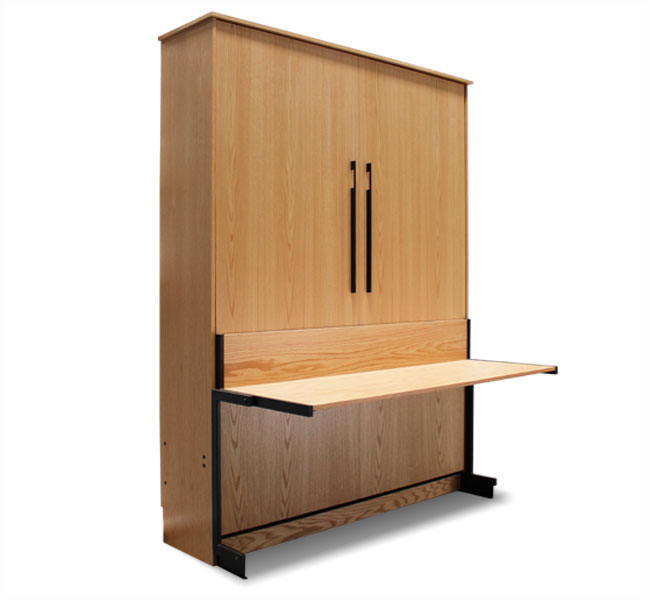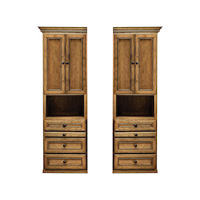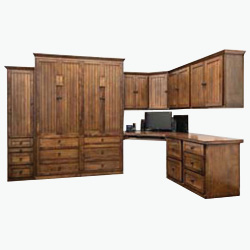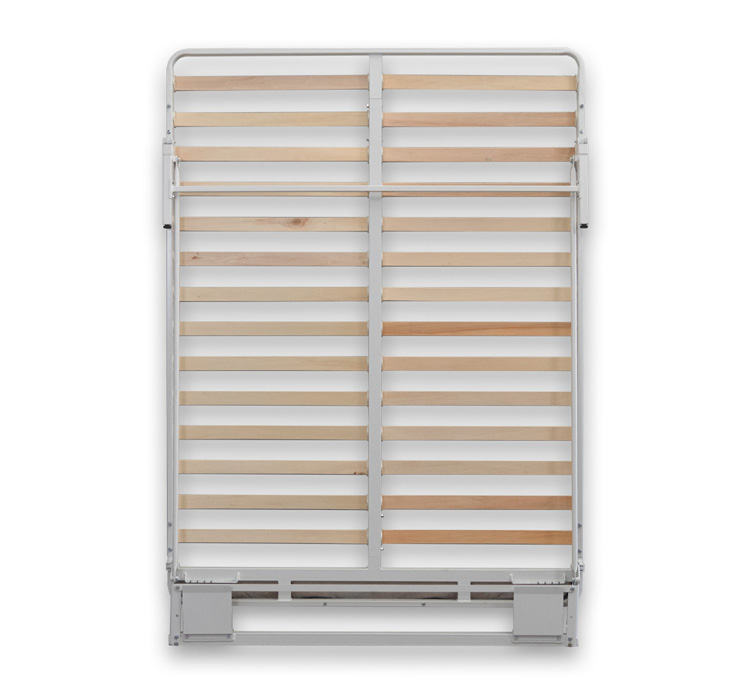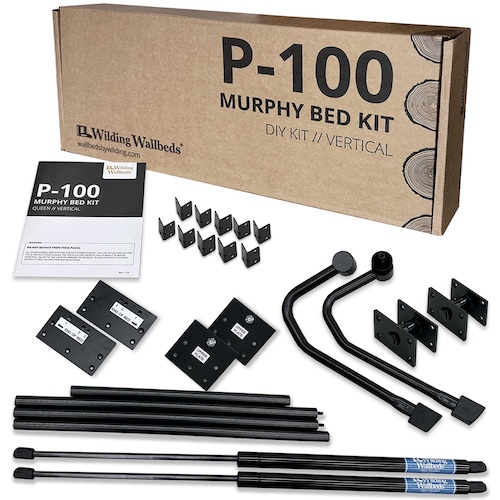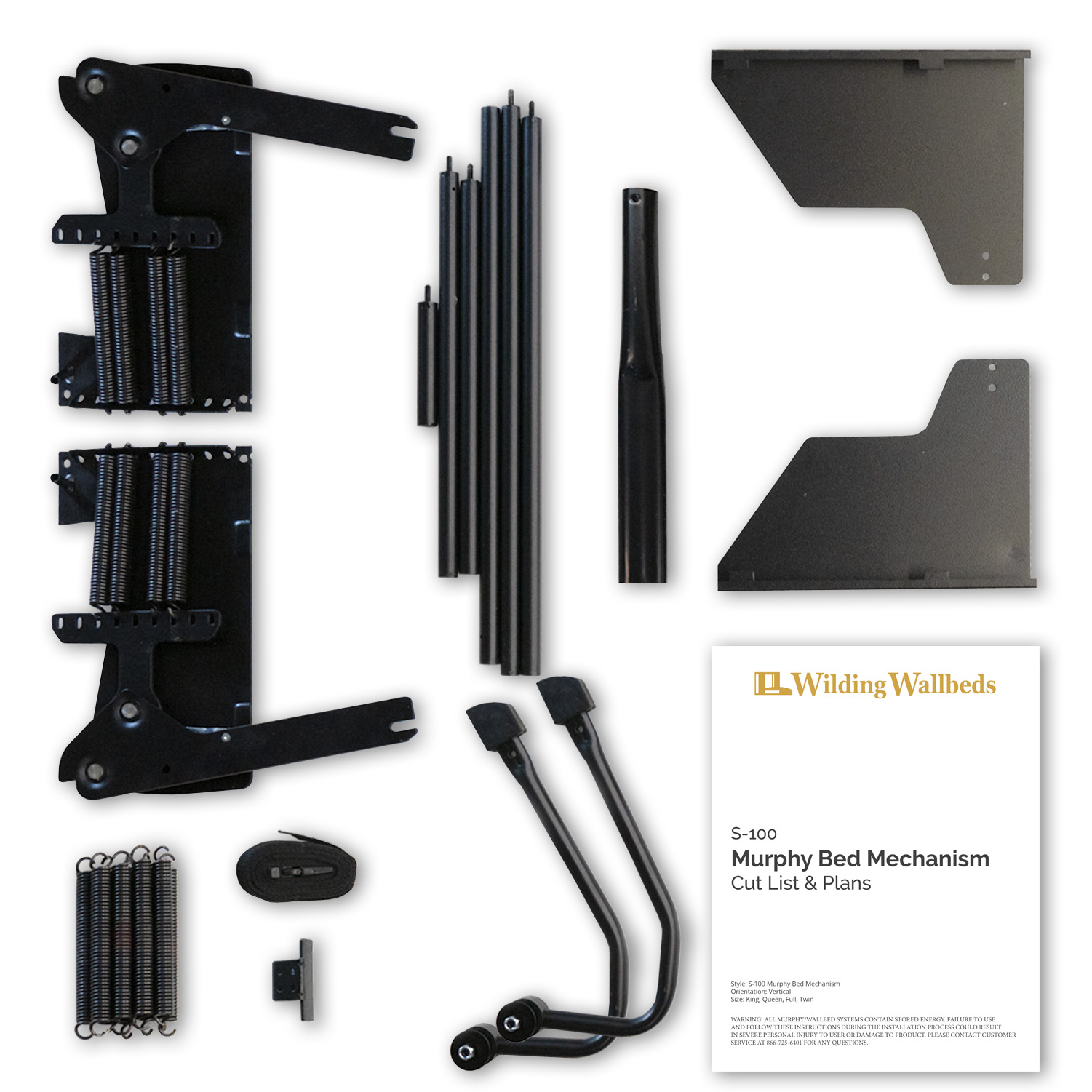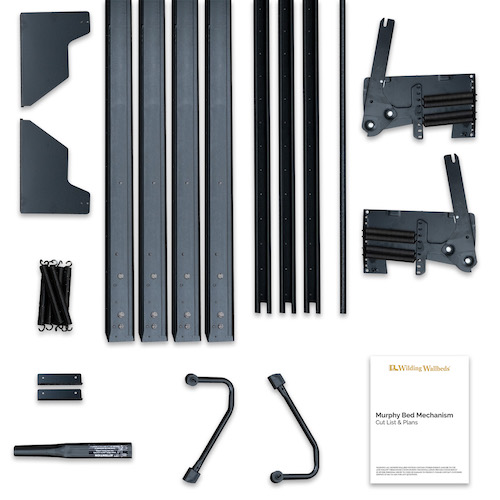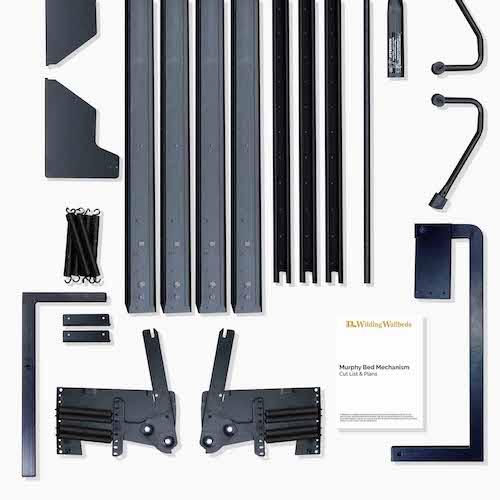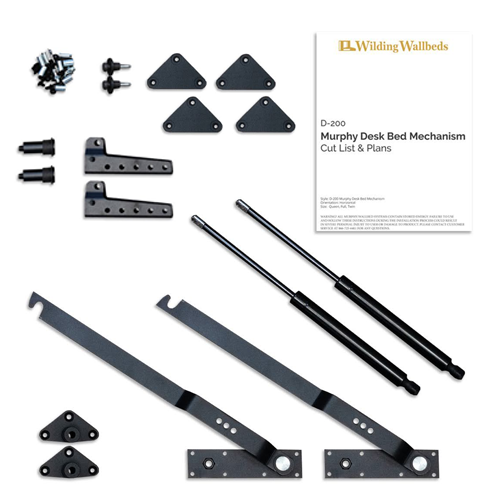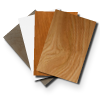A Total Guide to Wainscoting
Introduction
As a homeowner, do you ever feel like your bedroom or living room is missing something, even when fully decorated and styled to your liking? Do you ever see beautiful rooms on Pinterest and wonder why yours never seem to look that way? Do you have a builder-grade home you’re looking to upgrade from bare bones to full of character? Or are you just trying to be more bold in your design decisions? This may be the answer for you, to any one of those questions: wall treatments. The answer is wall treatments–a sure-fire way to level up your design, to instantly elevate your space, to make your home more style forward, to make any space feel more complete.
So what are these magical wall treatments, exactly? Basically speaking, anything applied to your wall is a wall treatment, even paint or wallpaper qualifies. Truly, the wall treatment options available today are endless: wainscoting, shiplap, board and batten, picture frame molding, picture rails, chair rails, beadboard, tile, brick, stone, etc., etc. This multipart series on Space Reimagined will delve into many of the current trending wall treatments, including what they are, how and why they originated, and how to use them in your home like a pro.
Why Wall Treatments?
But first, why use wall treatments at all? Basically, wall treatments will make all the difference you may not have even known you needed. They are a great starting point as you begin to craft the style and feel of your home. In fact, experts recommend you build them into your budget early on in order to add wall treatments as soon as possible. Especially if your home is a builder-grade blank slate, adding wall treatments throughout the space will immediately make it feel like a custom build. Another great thing about wall treatments is there is truly so much room for creativity. There are the traditional style treatments, but that is just the beginning. You can bend rules, change design, build up or pare down any wall treatment. No matter your style, you can find or create a beautiful wall treatment that will fit in with your decor seamlessly, as well as bolster and accentuate your style. Boho, traditional, eclectic, farmhouse, you name it, there is a wall treatment for you. No matter your style and no matter your budget! There is such a range of methods and materials that you can surely find something perfect for your family and see your home become a charming, full-of-character, cohesive and complete space just like that. So let’s dive in and explore this great range of possibilities!
What is Wainscoting?
Many believe the word ‘wainscot’ originated from the German word meaning ‘wall-board,’ and that’s essentially what it is: a wall covered in wood paneling. As the etymology implies, this is a broad topic as wainscoting is really more of an umbrella term for a category of wall treatments rather than just one specific type. To start with the most traditional wainscoting design and put it in the simplest of terms, wainscoting looks like a series of repeating rectangles on the wall–a rectangular piece (the ‘panel’) in the center and trim pieces all around. It starts down at the baseboard and is typically capped off with a chair rail, or horizontal molding at chair-back height. As it usually reaches chair-rail height, it often stops at 36 to 42 inches high. However, as previously mentioned, there is so much room for creativity in this arena that many take their wainscoting installations higher–from five or six feet tall all the way up to a full floor-to-ceiling treatment. A common recommendation, however, is to work in thirds. For example, If your walls are 9 feet, try wainscoting at three or six feet high. You can’t go wrong with an eye-pleasing third or two-thirds proportion.
Source: Renovation Insider
Wainscoting History
Historically, wainscoting began as a primitive way to add strength to walls as well as add insulation. Additionally, it served to protect walls from scuffs and scratches and long-term wear. Today the latter still applies, but wainscoting is often used purely aesthetically.
Wainscoting Today
Many homeowners use real wood or stainable plywood panels stained in a rich color for a striking, sophisticated installation. White wainscoting, however, is a timeless and traditional choice which also allows for the more budget-friendly use of medium fiber density board (MDF) rather than real wood. If you’re looking to add cozy and casual vibes to your space, try painting your wainscoting an accent color, different from that above or around it.
A common choice among homeowners today is to use wainscoting as an accent wall, meaning it’s only applied to one wall to create a dramatic, focal effect. However, you may consider diving in head-on with a four-wall wainscoting for an even more striking and cohesive design. Anyway you choose to go, this wall treatment is sure to turn a simple room into a sophisticated, stylish one.
Types of Wainscot
Source: Martin Durkin Designs
Now let’s get into the nitty-gritty. As mentioned, wainscoting is more of an umbrella term, but there is no wainscoting style more traditional and easily identified than the raised-panel variety.
Raised Panel Wainscoting
Top to bottom, this usually entails a chair rail, an upper rail (horizontal rectangular piece), a beveled-edge panel in the center flanked by side rails (stiles, the vertical version of an upper rail), a bottom rail, and finally, baseboards (often topped with a base cap molding). Now that may sound needlessly complicated, and yes, wainscoting can be complex! But remember, you’re free to create the look you like best. If you like a more ornate, traditional look, layer in the trim pieces, perhaps with cove molding below the chair rail and base cap molding above the baseboard, all with interesting, dramatic profiles. If you like a more simplified look, feel free to pare it down a little and maybe choose a flat profile trim. Square panels, rectangular panels, wide, narrow, multi-layers, or simple, the anatomy of your wainscoting can and should be whatever pleases your eye. Feel free to bend the rules.
Flat Panel Wainscoting
On the simpler end of the spectrum we find flat-panel wainscoting. Simply put, that center panel around which all the trim and rails orbit is just a flat, plain rectangle rather than a beveled one. You might also hear this called a board and batten. Yes, board and batten is a type of wainscoting! Historically, board and batten was used as a way to install those wall-strengthening wood panels with the battens (or stiles) used for covering up the seams. Today, the board is more likely to be a large four-foot wide panel, rendering the battens as simply decorative. If you like this simpler style of wainscoting and are also searching for a way to reduce its cost, you can install your battens directly onto the wall with no wood or mdf panel behind (known also as wall-panel wainscoting). When caulked and painted all one color, the look can be identical to a true board and batten. Although, if you have heavily textured walls, you may want to skim coat the area first, or even just use a matte-sheen paint to conceal the bumps. Board and batten, or flat-panel wainscoting, with its shaker profile fits in well with the mission, farmhouse, and cottage styles. Though its simplicity and versatility make it a great piece in nearly any design puzzle.
Bead Board Wainscoting
Finally, and perhaps most simply, we have bead board panel wainscoting, usually just called bead board. This is when the center panel is made of a piece with vertical, half-round grooves (beads) notched out. It can still be surrounded by rails and stiles, or it can stand alone with only the topmost trim piece included, which is the most popular method today. Bead board originated as narrow wooden panels connected together via tongue and groove, but can now be purchased in four foot sheets of other materials like vinyl, mdf, or hardboard, which makes installation a breeze. Bead board is often associated with cozy and simple countryside style, but can truly be a welcome addition to so many styles, countryside to chic. Because of its simplistic stripes, it adds a lot of texture to a space without looking too fussy. You can find bead board with wider or more narrow stripes to achieve the exact look you like.
Make it Work for Your Space
As everything in wainscoting is customizable, so is what you put on top. Meaning, you can top it with a chair rail right at chair height, or you might top it with pegs perfect for hanging towels or backpacks. You can even top it with a picture ledge for a unique way to display treasures, or a plate rail for storing china. You can add corbels to enhance the level of detail. The options for style are endless, but so are the options for functionality. Make your wainscoting work for exactly what you need it to!
Where to Use Wainscoting?
Where might wainscoting be found in the average home? Well, as you’ve heard many, many times now, creativity is king! Wainscoting can be used anywhere, from bedroom to basement. Kitchens and bathrooms are a practical choice, as those spaces are so heavily used they are susceptible to scrapes and dents and wainscoting is a great wall protector. Hallways and stairwells are another practical choice as they’re close-quarter spaces that also sustain a lot of minor damage. Hallways and stairwells are also a great choice aesthetically as they’re usually empty, forgotten spaces. Adding wainscoting may be just the thing to elevate and inspire them. Bedrooms, offices, and living spaces can all benefit from wainscoting, as a truly great way to embolden any room’s design.
As you narrow down the list of choices and find exactly the wall treatment for you, keep in mind the cohesiveness of your entire home. You may not want to choose something entirely different in every room. Try using the same type of wainscoting in a couple rooms, maybe with simple details changed, and using colors which will play nice together when you look at your home as a whole. How each room looks alone is important, but don’t forget the bigger picture of your home in its entirety.
Downsides
A few more things to keep in mind: for all the praise there may be for wainscoting-style wall treatments, there are a few potential downsides, contraindications, and things homeowners should consider before beginning such an installation. First, wainscoting may not be highly waterproof, depending on the materials used, an especially important consideration if you live in a humid climate or plan to wainscot in a bathroom. Second, it may be a more expensive route than is necessary to achieve the layered, sophisticated effect. This is especially true of the more complicated raised-panel wainscoting, as this very often requires a skilled tradesman for building and installation. Keep in mind, there are other wall treatment options which may lend themselves better to your budget while still achieving the visual interest you crave. Third, wainscoting can get in the way of installing things like cabinets and built-ins, it may make changing things like countertops, furniture, and even picture placement more complicated. Wainscoting is a serious feature, one that may disrupt your down-the-road plans, like adding that basement kitchenette, switching out your pedestal sink for a vanity, or installing a wall bed in your guest room down the line. All in all, most of these issues can be worked around if you are a die-hard wainscoting lover, so dismay not. Just be sure that wainscoting is exactly what you want, for the present and future, before making a commitment.
Conclusion
All in all, wall treatments are (almost always) a good idea. They can change everything about the look and feel of your home when carefully chosen and thoughtfully planned. Wall treatments can be personalized to fit your style and budget and help you in creating the home of your dreams. Thank you for coming along on this deep dive into wall treatments, specifically wainscoting, and be sure to check out the entire series of posts discussing even more wall treatments on Space Reimagined.
